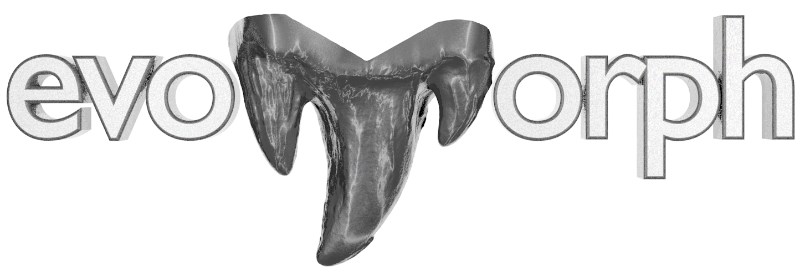How good are real mammal teeth compared to perfect functional forms? We can introduce the concept of ‘ideal’ form, which is a morphology predicted to be the best functional shape according to information of the relationships between shape and function. Derivations from an ideal form are likely to indicate the presence of developmental or genetic constraints in form. Using the functional parameters introduced in ’Tooth function’, we can construct ideal tooth forms for dividing foodstuffs of given biomechanical properties, such as high toughness.
The ideal forms constructed have striking resemblances to many important mammalian tooth forms, such as carnassial and tribosphenic-like cusps, suggesting that these tooth forms very closely approach ideal functional forms (Evans and Sanson 2003). One of the main functional shapes derived here is the ‘protoconoid’, a fundamental design for double-bladed tools that fits the functional parameters used here. This shape occurs in tooth forms such as tribosphenic, dilambdodont and zalambdodont.
Ideal single-bladed shape that fulfil all functional criteria.
Ideal double-bladed shape called the ‘protoconoid’ that fulfil all functional criteria.
Comparisons between the models and real mammalian tooth forms. L-R. Model tools: A, single-bladed tools, symmetrical and asymmetrical; B, double-bladed tools. Mammalian tooth forms: C, lower carnassials of Felis catus and Mustela frenata; C, premolar of F. catus; E, lower molars of Tenrec ecaudatus, Didelphis virginiana and Chalinolobus gouldii, and upper molar of Desmana moschata. Scale bar is 1 mm.

